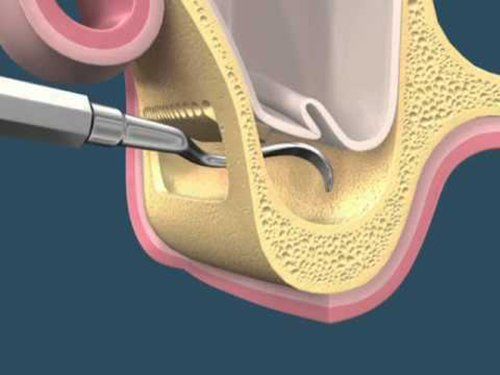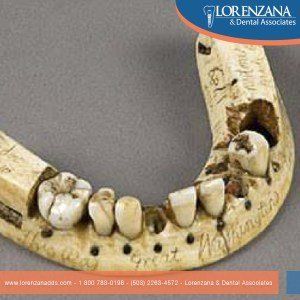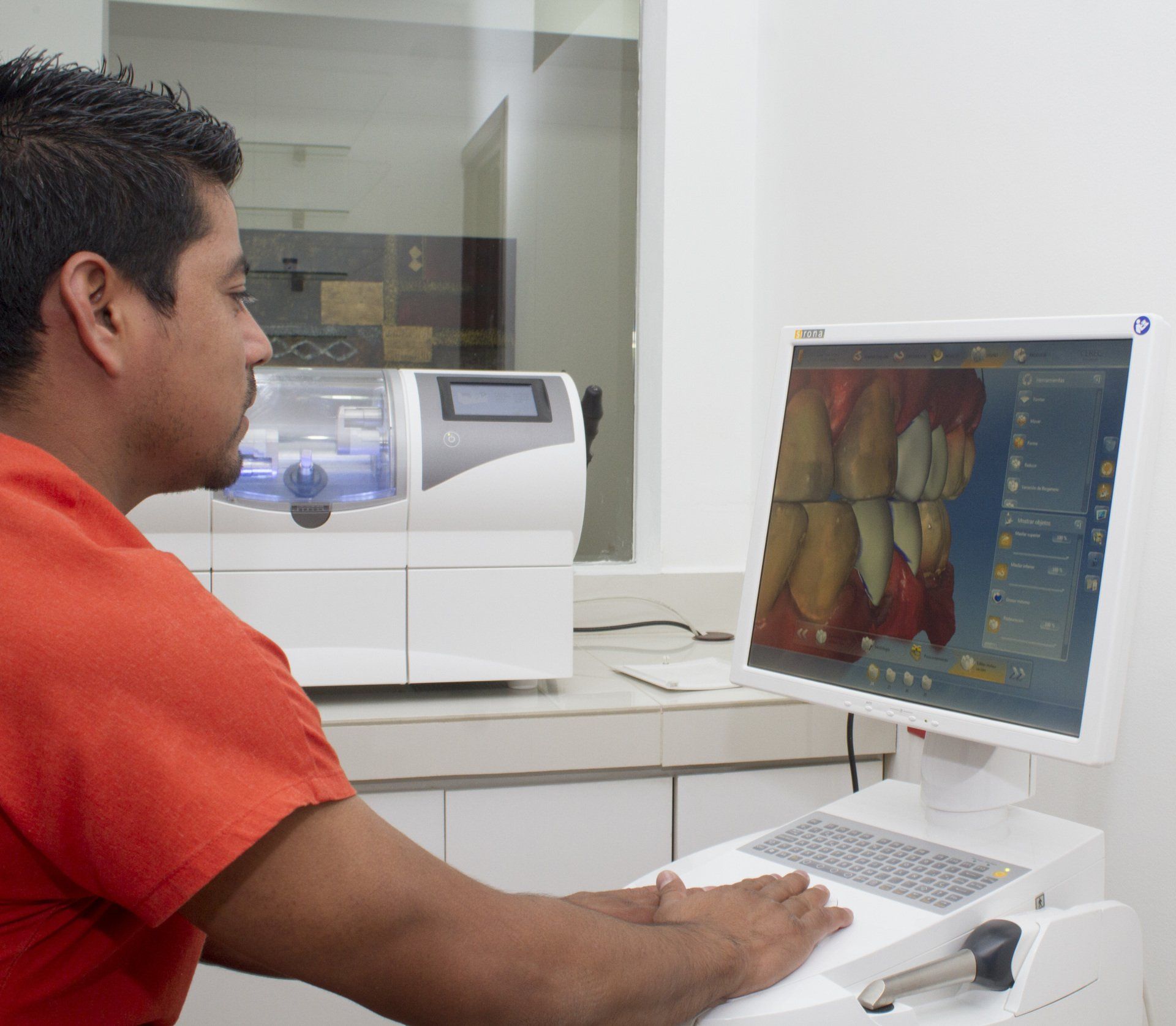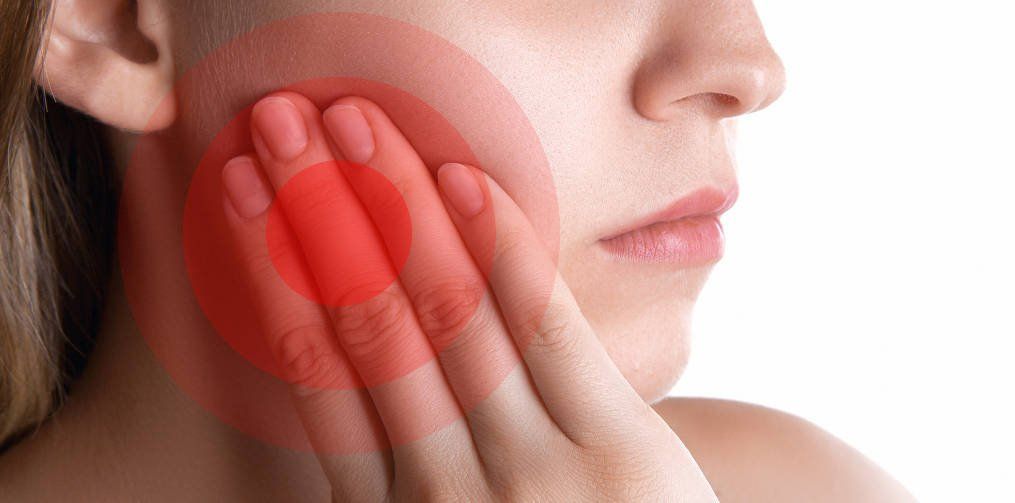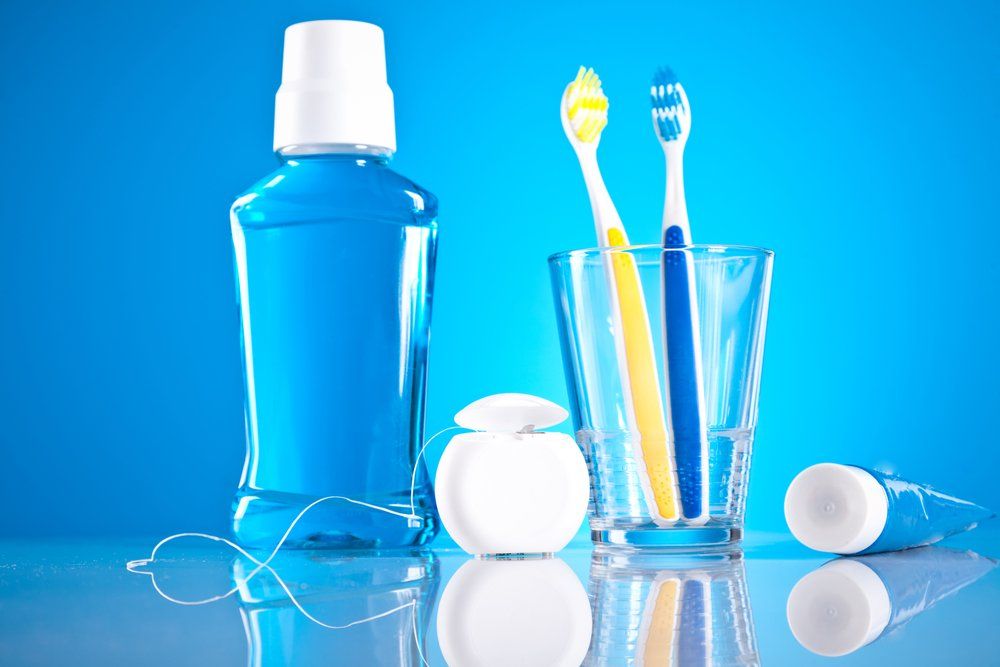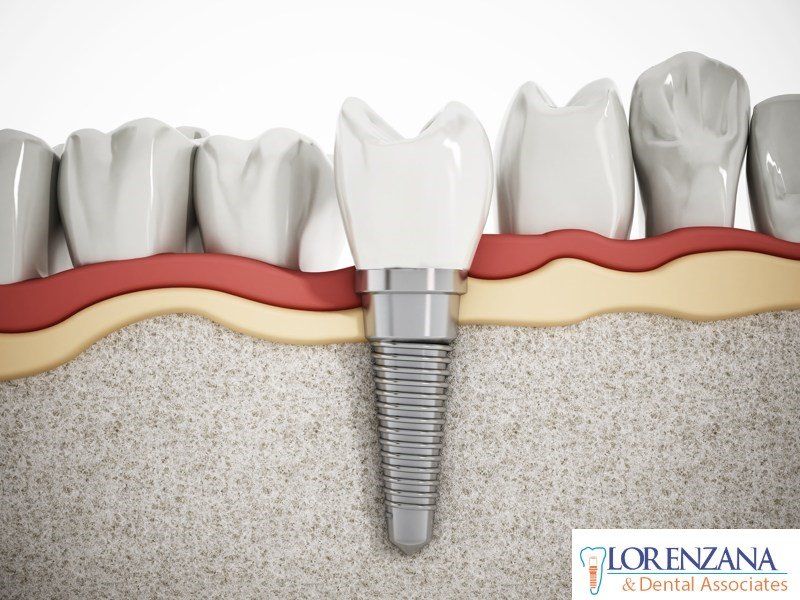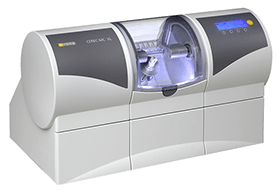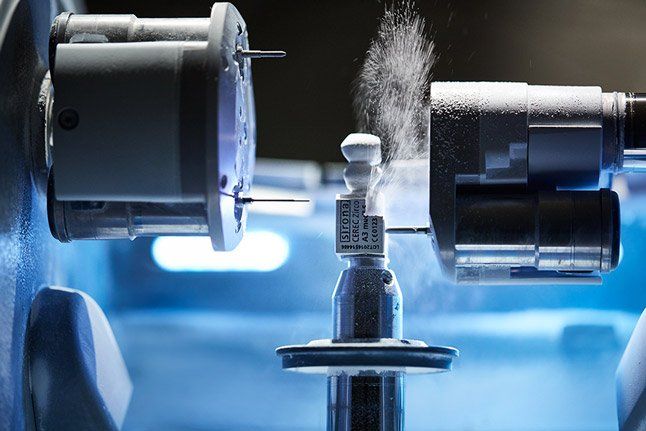All-ceramic Dental Implant restorations for the esthetic replacement of the maxillary central incisors.
Ceramics have been used in dentistry and medicine for many years. Today, one of the most popular ceramics is zirconia because of its outstanding mechanical properties, which make it suitable for many indications formerly reserved for metals.
Zirconia-based ceramics have been used for many years as the core for single crowns and long-span fixed prostheses. Zirconia-based ceramics have also been used as implants for hip replacements and finger, toe, and wrist joints. Recently, some articles in the dental literature suggest the possible use of zirconia implants for tooth replacement. The present case report illustrates the results that can be achieved using rough-surface zirconia implants in an esthetically demanding case. The 28-year-old male patient required replacement of the maxillary central incisors. Two rough-surface zirconia implants (CeraRoot) were used to immediately replace the extracted teeth. Immediate provisional restorations were placed for a period of 3 months until the final all-ceramic restorations were cemented. Zirconia implants may be a good alternative for tooth replacement, especially in esthetically demanding cases. More studies are needed to evaluate the long-term results of zirconia dental implants with different surfaces.
Zirconia Bridge
Treatment modalities such as treatment of gum disease, root canal therapy, and restorative services such as fillings, crowns and bridges can help patients towards better dental health. However,when it might make more sense from a long term solution standpoint to replace teeth with a poor prognosis with dental implants. This determination can only be made after a comprehensive consultation where the risks and benefits of implant treatment are reviewed and all possible treatment options are discussed.
http://www.tischlerdental.com/
Oliva J1, Oliva X, Oliva JD.
Author information
www.ncbi.nlm.nih.gov
Implantes Dentales de cerámica sin metal para la sustitución estética de los incisivos centrales superiores.
La Cerámica se han utilizado en la odontología y medicina durante muchos años. Hoy en día, uno de los más populares es la cerámica de Zirconia debido a sus excelentes propiedades mecánicas, que lo hacen adecuado para muchas indicaciones antes reservadas para los metales. La cerámica a base de zirconia se ha utilizado durante muchos años como el núcleo para coronas individuales y prótesis fijos de larga vida. Cerámicas basadas en zirconia también han sido utilizadas como implantes para reemplazos de cadera y los dedos del pie, como articulaciones de la muñeca. Recientemente, algunos artículos en la literatura dental sugieren el posible uso de los implantes de óxido de zirconio para la sustitución de dientes. El siguiente caso ilustra los resultados que pueden lograrse utilizando implantes de zirconia áspera para la superficie en un caso estéticamente exigente. El reemplazo para el paciente masculino de 28 años de edad, requiere en los incisivos centrales superiores. Dos implantes de zirconia áspera en la superficie (CeraRoot) los cuales se utilizaron para reemplazar inmediatamente los dientes extraídos. Restauraciones provisionales inmediatas fueron colocados por un período de 3 meses hasta los últimos años estas restauraciones de cerámica fueron cementadas. Dado las circunstancias del caso descrito, Los Implantes de zirconia pueden ser una buena alternativa para la sustitución de dientes, especialmente en los casos estéticamente exigentes. Sin embargo Se necesitan más estudios para evaluar los resultados a largo plazo de los implantes dentales de óxido de circonio con diferentes superficies. Puente de Zirconia Las modalidades del procedimiento, como tratamiento de la enfermedad de las encías, tratamiento de conducto, y los servicios de restauración, tales como empastes, coronas y puentes pueden ayudar a los pacientes hacia una mejor salud dental. Sin embargo, desde el punto de vista a largo plazo, puede ser una solución para reemplazar los dientes con un mal pronóstico con implantes dentales. Sin embargo esta determinación sólo puede hacerse después de una amplia consulta, donde los riesgos y beneficios del tratamiento con implantes se revisan y se discuten todas las posibles opciones de tratamiento.
http://www.tischlerdental.com/,Oliva
J1, Oliva X, Oliva JD.,Author information, www.ncbi.nlm.nih.gov
